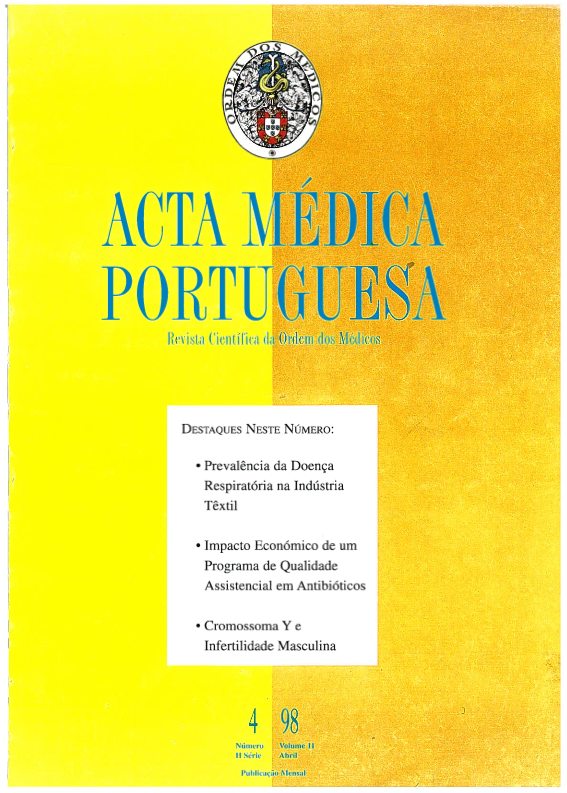Prevalence of respiratory diseases in the textile industry. Relation with dust levels.
DOI:
https://doi.org/10.20344/amp.2247Abstract
Many workers in the textile industry have respiratory symptoms that are related to their work environment. In this study we observed the dust level conditions of eleven textile industries of the North of Portugal. The dust levels determined were between 0.1 mg/m3 and 1.25 mg/m3, in many cases above the Portuguese standard levels of exposure (VLE). For these dust levels we found a prevalence of 23% of workers with respiratory symptoms with occupational characteristics in 10.8%, and 5.7% presenting byssinosis. Workers exposed to cotton fibres in spinning areas have the highest prevalence of symptoms, and reduction of the FEV1. These characteristics were related to dust levels and were higher in the initial phases of the spinning processes. We found no cases of byssinosis in workers exposed to synthetic fibres, or in workers from weaving areas. Smoking habits were related to the reduction of the FEV1, and severity of respiratory illness but not to the presence of byssinosis.Downloads
Downloads
How to Cite
Issue
Section
License
All the articles published in the AMP are open access and comply with the requirements of funding agencies or academic institutions. The AMP is governed by the terms of the Creative Commons ‘Attribution – Non-Commercial Use - (CC-BY-NC)’ license, regarding the use by third parties.
It is the author’s responsibility to obtain approval for the reproduction of figures, tables, etc. from other publications.
Upon acceptance of an article for publication, the authors will be asked to complete the ICMJE “Copyright Liability and Copyright Sharing Statement “(http://www.actamedicaportuguesa.com/info/AMP-NormasPublicacao.pdf) and the “Declaration of Potential Conflicts of Interest” (http:// www.icmje.org/conflicts-of-interest). An e-mail will be sent to the corresponding author to acknowledge receipt of the manuscript.
After publication, the authors are authorised to make their articles available in repositories of their institutions of origin, as long as they always mention where they were published and according to the Creative Commons license.









